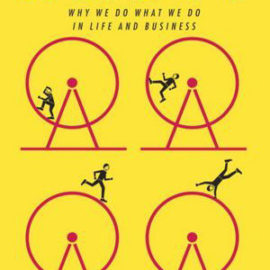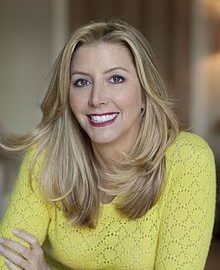Want to learn the ideas in Doughnut Economics better than ever? Read the world’s #1 book summary of Doughnut Economics by Kate Raworth here.
Read a brief 1-Page Summary or watch video summaries curated by our expert team. Note: this book guide is not affiliated with or endorsed by the publisher or author, and we always encourage you to purchase and read the full book.
Video Summaries of Doughnut Economics
We’ve scoured the Internet for the very best videos on Doughnut Economics, from high-quality videos summaries to interviews or commentary by Kate Raworth.
1-Page Summary of Doughnut Economics
Overview
If it’s human to err, then economists are no different. They make mistakes just like everyone else. Theories that seem great in textbooks sometimes don’t work out so well in the real world. Great thinkers can be wrong about certain things.
But economic ideas can have a long shelf life. Even after they’re proven to be ineffective, people still use them in the marketplace of ideas for years and years.
Kate Raworth’s book, Doughnut Economics, challenges the idea of endless growth. She argues that we need to change our ways if we want to avoid destroying our planet. The idea that an economy can grow forever is not just a theoretical problem—it’s dangerous for all living things on Earth.
We need a new approach to the problems we face. We can’t keep doing things the way we have in the past, because it won’t work anymore. If we want to survive and thrive on Earth, it’s time for us to start thinking like people from this century do.
In this article, you’ll learn why the answer to our problems is shaped like a doughnut. You’ll also learn how an economist failed to give his mother credit for her cooking and why fairness trumps self-interest.
Big Idea #1: The Doughnut is a new way of thinking about sustainable economics in the twenty-first century.
Economics is a language spoken by all people. It’s used to describe how businesses and governments operate. Many of the assumptions are flawed, though, as we saw during the 2008 financial crisis. Climate change and global inequality are also slow-burning problems that require fresh thinking if they’re going to be solved in our lifetime. Kate Raworth proposes a solution called Doughnut Economics (or Doughnut Theory). Imagine a doughnut with one big hole in it: there’s an outer ring representing environmental limits, while an inner ring represents social needs. The space between those two rings is what she calls “a safe and just home for humanity.”
The Doughnut is a visual representation of how to address the needs of humans. It includes everything we need to survive, like access to food and water. But it also includes social factors that are necessary for us to thrive, including support networks and equality between men and women.
Another problem is the ecological ceiling. This refers to the boundary of what we can do before it starts to negatively impact our planet. For example, when we overuse resources like water or air quality degrades and that limits us from creating more pollution in those areas. In 2009, scientists led by Johan Rockström and Will Steffen identified nine processes vital for our survival on Earth. These processes are threatened by ozone layer depletion, ocean acidification, nitrogen and phosphorus loading (i.e., using too much fertilizer), chemical pollution (i.e., chemicals like lead in the environment), freshwater depletion (i.e., not conserving enough fresh water for future use), land conversion (i.e., cutting down trees which destroys ecosystems), air pollution (i.e., a lot of greenhouse gases being released into the atmosphere) and biodiversity loss (i.. e losing species).
The Doughnut is a new model for the future of humanity. It provides a guardrail to protect people from environmental catastrophe. However, we have already crossed that guardrail four times: climate change, nitrogen and phosphorus loading, land conversion and biodiversity loss are all happening now.
We have to act now if we want to save humanity. The clock is ticking, and time is running out. To get into the Doughnut, we need to change our way of thinking about the world by challenging our obsession with endless growth.






